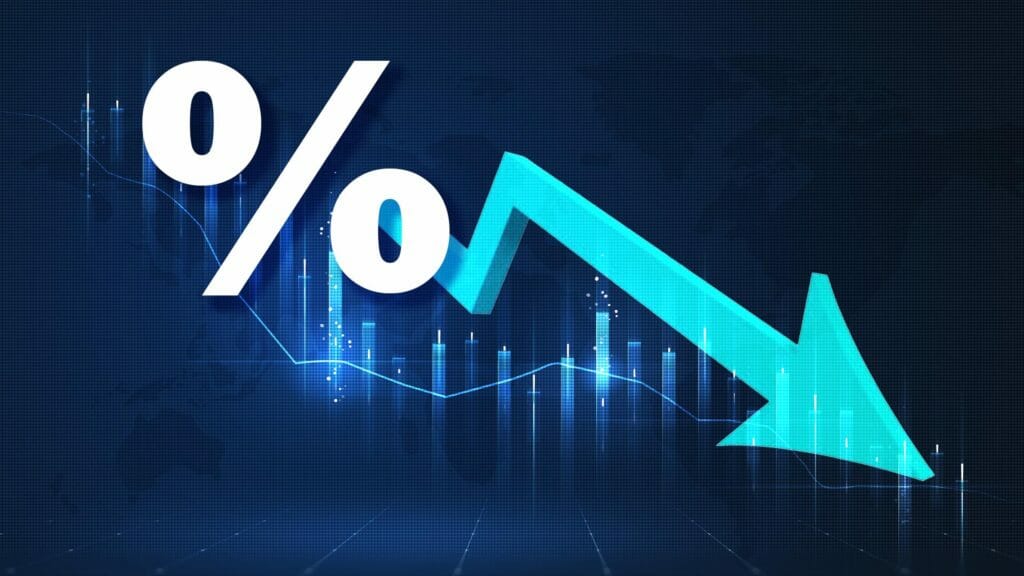National Bank cuts base rate to 16% in Kazakhstan

The National Bank of Kazakhstan has lowered the base rate from 16.5% to 16%. This decision was made today during a meeting on monetary policy. At the same time, the regulator said that the base rate will likely remain the same until the end of this year.
«Due to the current decision and the balance of risks, there is not much room for further lowering of the base rate in 2023. We will be ready to consider further softening of monetary policy if annual inflation decreases to a single-digit figure,» the National Bank said in a statement.
As the regulator noted, although external inflationary pressure is gradually easing thanks to central banks having switched to softer monetary policies, it has to deal with a range of factors and risks that claim attention. For example, fiscal incentives, stable domestic demand and high inflation expectations are internal factors of inflation.
«Inflation expectation for the year ahead was 17% in September (16.4% in August). At the same time, the perceived price increase dropped from 18.4% in August to 17.8% in September. More generally, the dynamic of perceived and expected rates of inflation reflects reforms in the sphere of housing and utility services and spikes in fuel and lubricant prices. In addition, risks of secondary effects caused by regulated price increase, which earlier were mitigated by the exchange rate of the tenge, have also grown,» the National Bank said.
External factors of inflation include the stability of inflation processes that prevent developed countries from lowering base rates, according to the regulator. For example, in September 2023, the European Central Bank raised its key rate in order to lower the high inflation. The U.S. Federal Reserve also hasn’t ruled out that the base rate can be raised further as the agency is worrying that OPEC+’s decision to continue to restrict its oil exports can drive up inflation in the U.S. In September, Russia also continued to stick to tough monetary policy due to fast-growing inflation.
Proinflationary risks may be driven up by the strengthening of fiscal impulse this year and the presence of inflation expectations. Another important risk is delayed secondary effects of fuel and utility price surges (these was previously offset by dynamics of the tenge exchange rate) and poor forecast on wheat yield this year.
In terms of external factors, the main source of risks for future price growth is geopolitical tensions. These risks also include accelerating inflation in Russia and potential global food price surges because the grain deal is no longer valid.
«Moderately tight monetary conditions will contribute to a further decline in inflation closer to the forecast corridor of 10% to 12% by the end of 2023, as well as its stabilization at the 5% target level in the medium term. The National Bank will monitor the correlation between annual inflation and the target in order to respond to possible deviations when needed,» the National Bank said.
For the majority of the financial market actors interviewed by the Association of Financiers of Kazakhstan (AFK), the lowering of the base rate wasn’t a big surprise. One-third of them thought that the rate would be cut from 16.5% to 16.25%, half of them said it would be lowered to 16%, and the remaining 17% of experts said it would drop to 15%. According to some expectations, the base rate may lower to 12.5% in a year. In a September survey, experts said that they would expect the rate to be at 13.75% next year.
In turn, analysts from Halyk Finance highlighted that the rate could be reduced by 50-100 basis points to 16% to 15.5%. They pointed out key macroeconomic indicators like the forecasted inflation creating enough room for the government to continue easing monetary policy in the country. According to analysts, inflation expectations of market participants are in the corridor of 10% to 12%, which corresponds to the forecast of the National Bank. They assume that the annual inflation rate will continue to decline.
On August 25, the National Bank reduced the base rate from 16.75% to 16.5%. It was the first rate lowering since January 2021. In winter 2021, the rate was lowered from 12% to 9%. At the end of February 2022, when Russia unleashed war against Ukraine and a number of countries imposed sanctions on Russia, the National Bank of Kazakhstan raised the rate from 10.25% to 13.5%. The rate was at 16.75% over the period from December 2022 until August 2023.
The previous decision to lower the key rate was made while Galymzhan Pirmatov was the chair of the bank. He repeatedly talked about the possibility of lowering the rate in the second half of the year but emphasized that it would depend on the emergence of certain macroeconomic conditions. The last time the regulator mentioned this was a press release issued on July 5, when the rate was kept at the same level.
The regulator explained the slight lowering of the key rate in August by the fact that the pro-inflationary pressure from the external environment continues to gradually weaken, although it remains stable, which prevents developed countries from cutting their key rates.
At that time, the National Bank promised to continue the policy of smooth lowering of the key rate if actual inflation would slow down. However, the room for the key rate lowering is limited by the risks of potential acceleration of fiscal stimulus in the second half of the year, the regulator said. Due to the weakening of the exchange rate of tenge and the disruption of supply chains, inflation amounted to 20.3% last year in Kazakhstan. However, since March it started to slow down and by September reached 11.8% year on year.
In early September, the new head of the National Bank Timur Suleymenov announced that the key rate might be lowered. He noted that the regulator should cope with inflations in the first place, as it is «the most dangerous process in the economy,» In late September, National Economy Minister Alibek Kuantyrov recommended the National Bank to lower the key rate by 1 to 2 percentage points.
The National Bank is expected to revise the key rate again on November 24, 2023.

